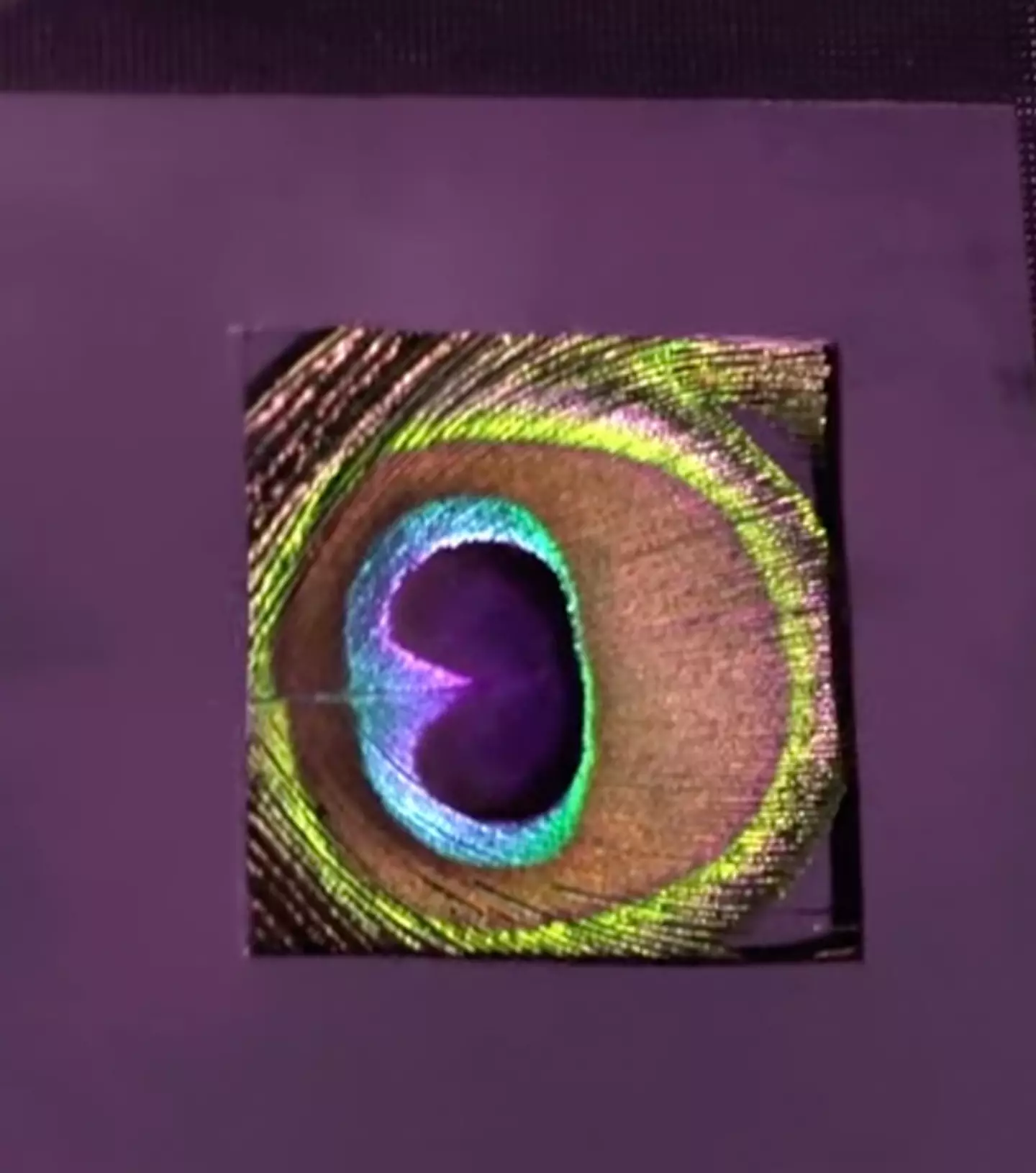
It'd be cool to see what our pets are seeing, or better yet, what they're thinking.
Whilst technology hasn't quite gone that far in tapping into the brains of our loveable animals, science has found out a cool way to let us see the world as they do.
Animals see the world in a spectrum of colours, from ultraviolet to grayscale. For zoologists and ecologists studying these creatures, they must understand the world through their eyes.
In a new video, researchers show the remarkable camera technology and software that can recreate the visual experience of various animals within their natural habitats, from birds to the tiniest of insects.
Advert

Using their knowledge of the photoreceptors in each animal's eyes, scientists process the recorded data into what they call 'perceptual units', creating videos that incredibly show how animals perceive colour spectrums.
Unlike older methods like spectrophotometry, which were slow and couldn't capture movement well, the fancy camera system records video in four colour spectrums all at once: ultraviolet, red, blue, and green.
The video focuses on the comparison of a peacock feather seen by peafowls, dogs, honeybees, alongside humans. Published in PLOS Biology, the results show that peafowls perceive more iridescent ultra violet than others.
Advert
It's quite biased when we look at the colours through our photoreceptors as humans are especially good at seeing green colours, whilst other animals are much better at distinguishing red or blue tones.
Additionally, birds see the world vastly different from humans as they're able to also pick up ultra violet light. So, something as simple as say a cloudless blue sky is perceived as an ultraviolet sky to birds.
What's even cooler is that birds can perceive a wider arc of colours on a rainbow than we humans, including more indigo and violet shades.

Advert
Commenting on the research, senior author and sensory ecologist, Daniel Hanley, said: 'We’ve long been fascinated by how animals see the world. Modern techniques in sensory ecology allow us to infer how static scenes might appear to an animal; however, animals often make crucial decisions on moving targets (e.g., detecting food items, evaluating a potential mate’s display, etc.).
'Here, we introduce hardware and software tools for ecologists and filmmakers that can capture and display animal-perceived colours in motion.'
And the accuracy is brilliant. The new camera system predicts colours with over 92% accuracy compared to the older spectrophotometry method.
Hanley added: 'Traditional techniques for measuring these colours often told only part of the story.'
Advert
'The scientific community lacked adequate tools for studying colours in motion… now, we can record colour signals as they would appear to wild animals.'
Despite a few limitations such as manual focusing and keeping the focus on fast-paced objects, researchers encourage the use of the software for future research.